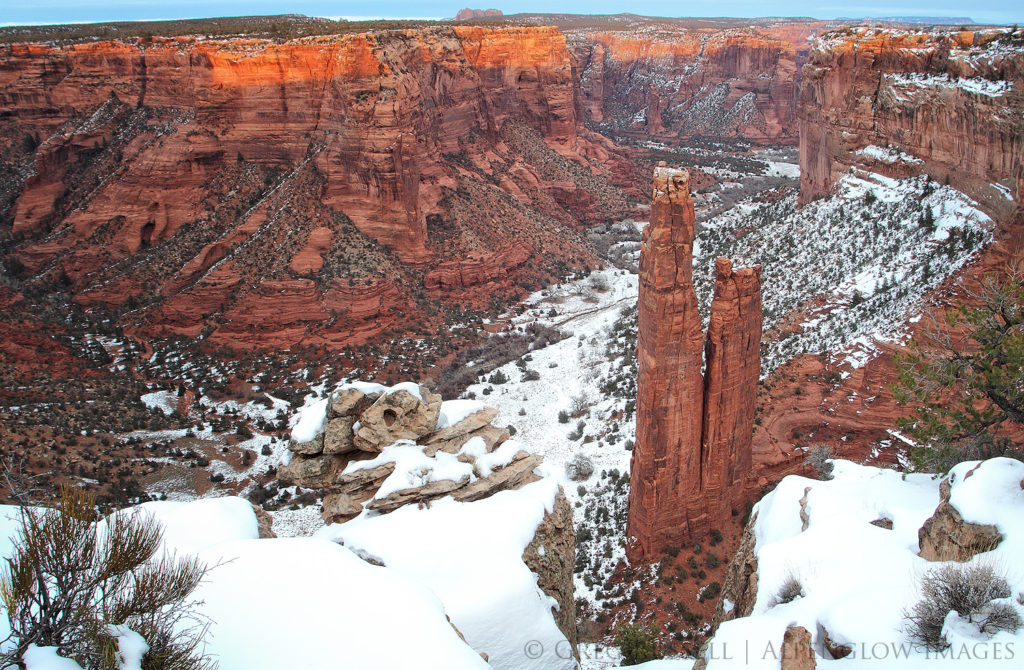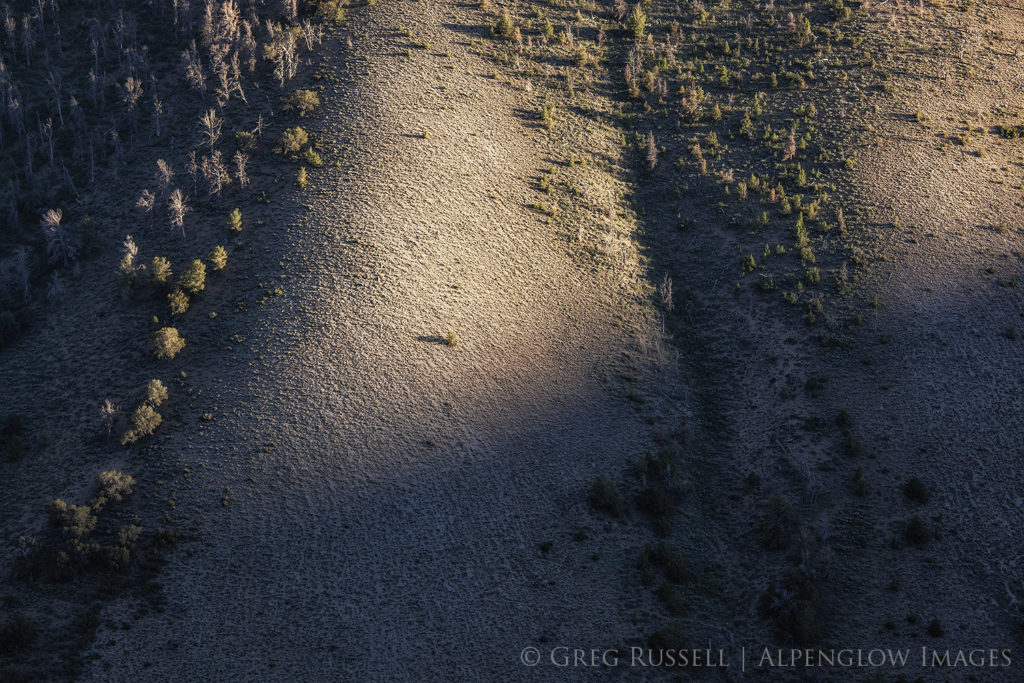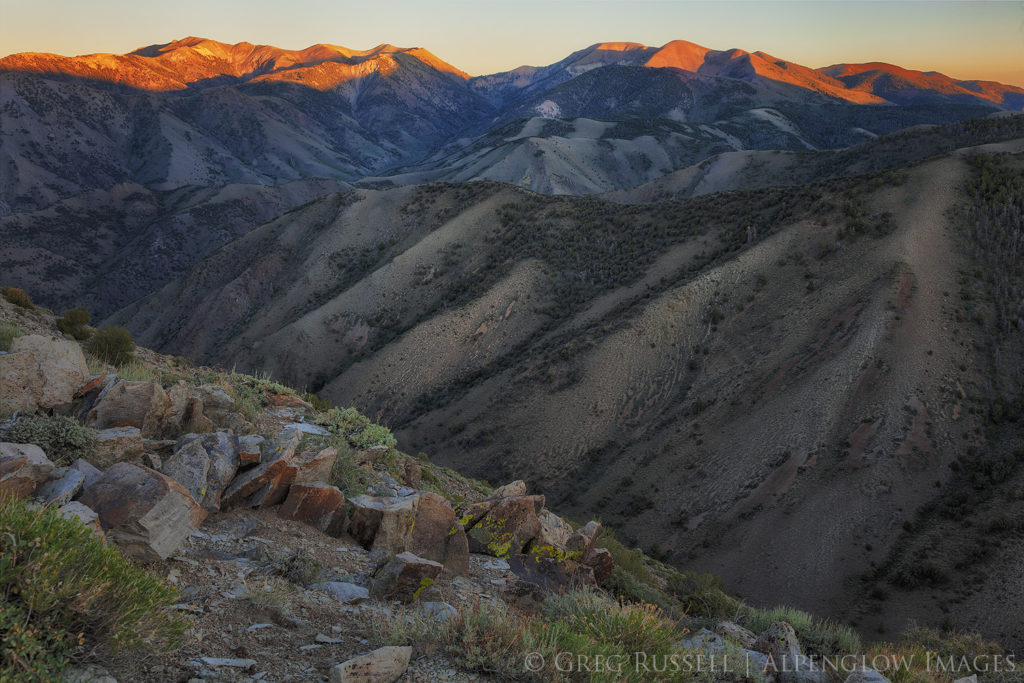“There is a tendency at every important but difficult crossroad to pretend that it’s not really there.” – Bill McKibben
The World on Fire
As I write this blog post, I’m watching the West burn. Not literally, of course, but ash is falling in my yard and the air reeks of an old campfire. Ash from a fire that was the result of a family gathering that was poorly–if ignorantly–planned. Friends on social media are sharing pictures of apocalypse-like skies from the San Francisco Bay Area, Oregon, and Washington. Denver was similar this past weekend, with smoke and record-breaking high temperatures. It snowed the next day.
The specter of climate change breathes down our necks once again as we watch our beloved landscapes being destroyed before our eyes. This year has led us to many crossroads…global climate change being just the tip of the iceberg. Institutionalized racism and the SARS-CoV-2 pandemic have tested our mettle as a society as well.
Physically, our world has shrank to the confines of our homes in the wake of social distancing and quarantine; these words have become part of our vocabulary in the last six months. Happy Hours now happen on Zoom, and so do concerts. Prepping to go to the grocery store feels a little more onerous than it did before. All of this is happening as we ask ourselves how we can confront and utilize our privilege to be better people for a more equitable society.
All of this may seem too much to bear, but hopefully 2020 is offering us a chance for an expanded world view. One thing that’s been on my mind a lot lately is my own relationship with the public lands of the West. It turns out to be rather complicated and it’s amazing how a simple change in thinking can–as a friend of mine used to say–peel reptilian scales from your eyes.
Honoring Indigenous Culture
Historically, the notion of Wilderness was built not only on undeveloped landscapes, but “unpeopled” ones as well. In fact Howard Zahniser, the primary author of the Wilderness Act of 1964 wrote, “A wilderness…is hereby recognized as an area where the earth and its community of life are untrammeled by man, where man himself is a visitor who does not remain.” This is strongly inconsistent with the idea that Indigenous People had made most of these places home for hundreds of years before the colonial creation of a wilderness.
There’s no doubt that we acknowledge–to some extent–the Indigenous cultures that came before us. Canyon de Chelly National Monument, for example, has a page on their website describing the history of the Navajo people who live there. This is the only place on their website where I can find reference to the Indigenous name of the Canyon–Tseyi‘. There is no mention of the removal of the Navajo people by Kit Carson in the Battle of Canyon de Chelly, the Long Walk, or the eventual return of the Navajo to their native home. These stories…aren’t being told.

We cherry pick the stories we want to tell about Indigenous cultures. The stories that make us feel good, we keep; we shy away from the ones that make us uncomfortable. Yet, we turn to indigenous knowledge when it benefits us for things like farming and perhaps very relevantly, fire suppression. It’s hard to have it both ways; we can’t rely on indigenous cultures but ignore their history.
Shifting the Narrative
Don’t misunderstand me: I love our public lands. National Parks and Monuments, Wildernesses, and National Forests are some of my favorite places; I will argue for their protection until I can’t any more. My own Wilderness Project is a testament to this. We just need to shift the narrative that’s been established about our public lands.
Our immediate world is small right now–follow the lead and start small. Tell the stories of these places, even when it’s embarrassing. Learn Indigenous place names. Advocate that Indigenous people have a voice in the management of their homelands. The creation of Bears Ears National Monument was predicated on the idea that local tribes would work together to speak for their homeland and ancestors. It wasn’t perfect, but it was novel, unique, and it honored native voices.
We all have voices, and we can do better. Will you join me?


